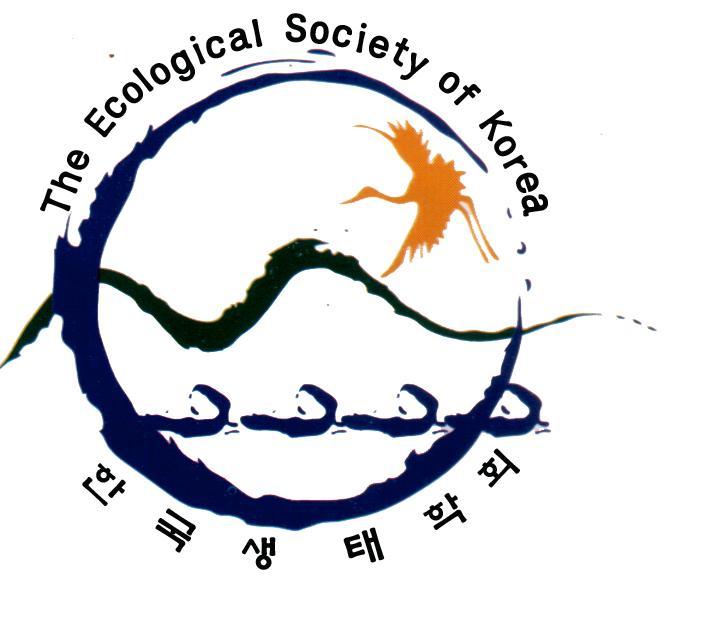- ENGLISH
- P-ISSN2287-8327
- E-ISSN2288-1220
- SCOPUS, KCI
 ISSN : 2287-8327
ISSN : 2287-8327
Effect of elevated temperature and water stress on seed germination of the Himalayan medicinal herb Aconitum spicatum
Sharada Dhakal (Central Department of Botany, Institute of Science and Technology, Tribhuvan University, Kirtipur 44613, Kathmandu, Nepal)
Anjana Devkota (Central Department of Botany, Institute of Science and Technology, Tribhuvan University, Kirtipur 44613, Kathmandu, Nepal)
Achyut Tiwari (Central Department of Botany, Institute of Science and Technology, Tribhuvan University, Kirtipur 44613, Kathmandu, Nepal)
Babu Ram Paudel (Research Centre for Applied Science and Technology (RECAST), Tribhuvan University, Kirtipur 44613, Kathmandu, Nepal)
Uttam Babu Shrestha (Global Institute for Interdisciplinary Studies (GIIS), Kathmandu 44600, Nepal)
Bharat Babu Shrestha (Central Department of Botany, Institute of Science and Technology, Tribhuvan University, Kirtipur 44613, Kathmandu, Nepal)
Abstract
Background: Seed germination studies of high mountain plants across environmental gradients are potentially important for understanding the impacts of climate and other environmental changes. In this study, we analyzed the variation in seed germination patterns of the Himalayan medicinal herb Aconitum spicatum across temperature, light, and water stress gradients. Seeds of A. spicatum collected from three different elevations (low: 3,315, mid: 3,910, high: 4,200 m asl) were germinated in a growth chamber under different temperatures (low: 25/15°C; high: 30/20°C), light conditions (12-hour photoperiod and complete dark), and water potentials (−0.10, −0.25, −0.50, −0.75, −1 MPa). Results: Seed mass and germination traits such as germination percentage (GP), mean germination time (MGT) and Timson’s index (TI) did not vary consistently with elevation. While light did not affect germination, high temperatures significantly reduced GP and TI, and increased MGT when compared with low-temperature conditions. The GP declined from approximately 80% at control to less than 20% under mild water stress (−0.50 MPa) with complete inhibition at higher water stress levels. The MGT increased and TI declined with increasing water stress. Conclusions: Our study demonstrated a significant negative impact of elevated temperatures and increased water stress on the germination of A. spicatum, an important medicinal herb of the Himalaya. These findings highlight the species' high vulnerability to the effects of climate change, particularly of the temperature increases and declining precipitation. We suggest incorporating potential impacts of warming and drought into strategies for the sustainable harvest and conservation of A. spicatum in future.
- keywords
- alpine plants, climate change, elevation gradient, germination traits, seed mass
- 24다운로드 수
- 70조회수
- 0KCI 피인용수
- 0WOS 피인용수
